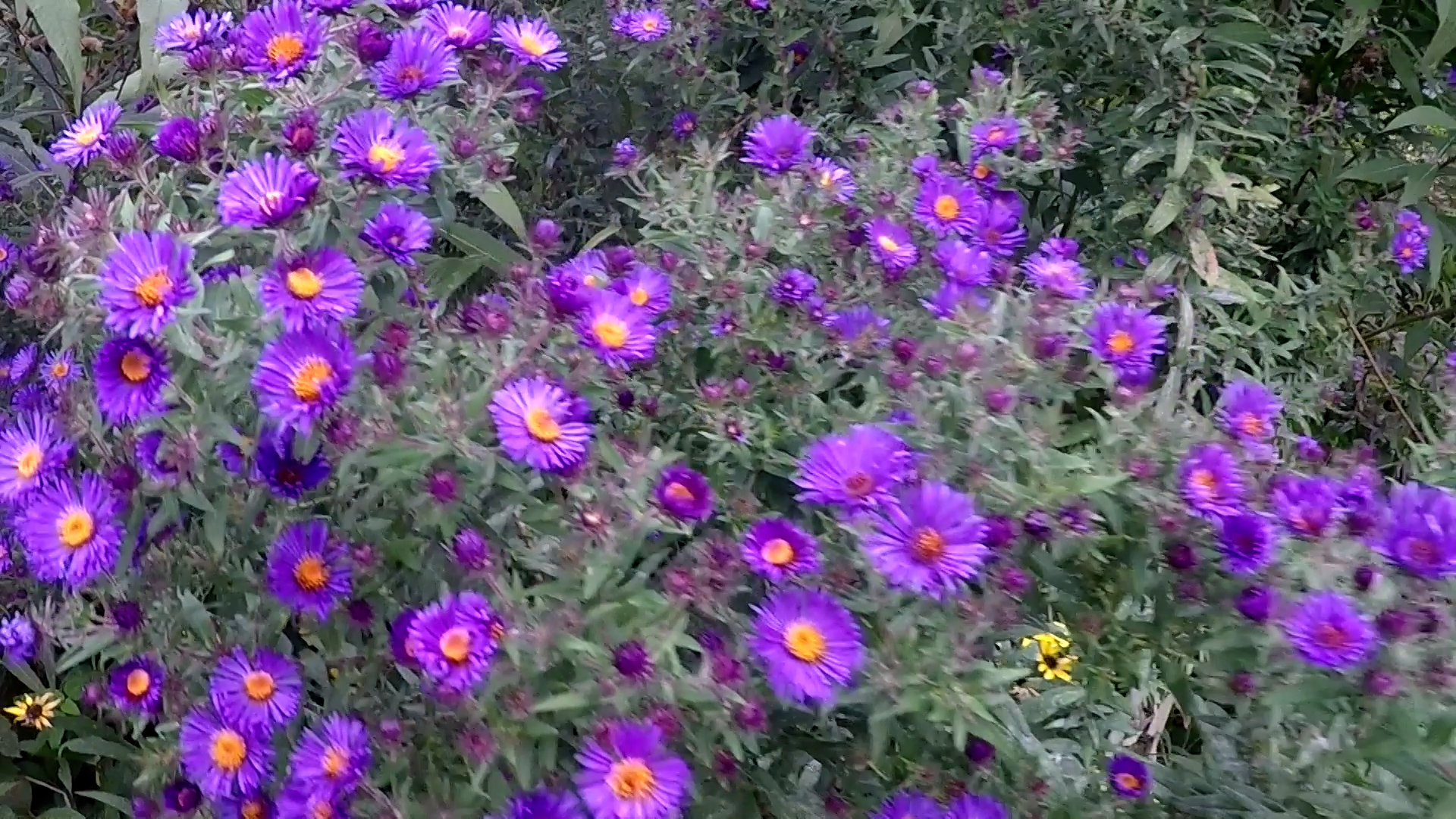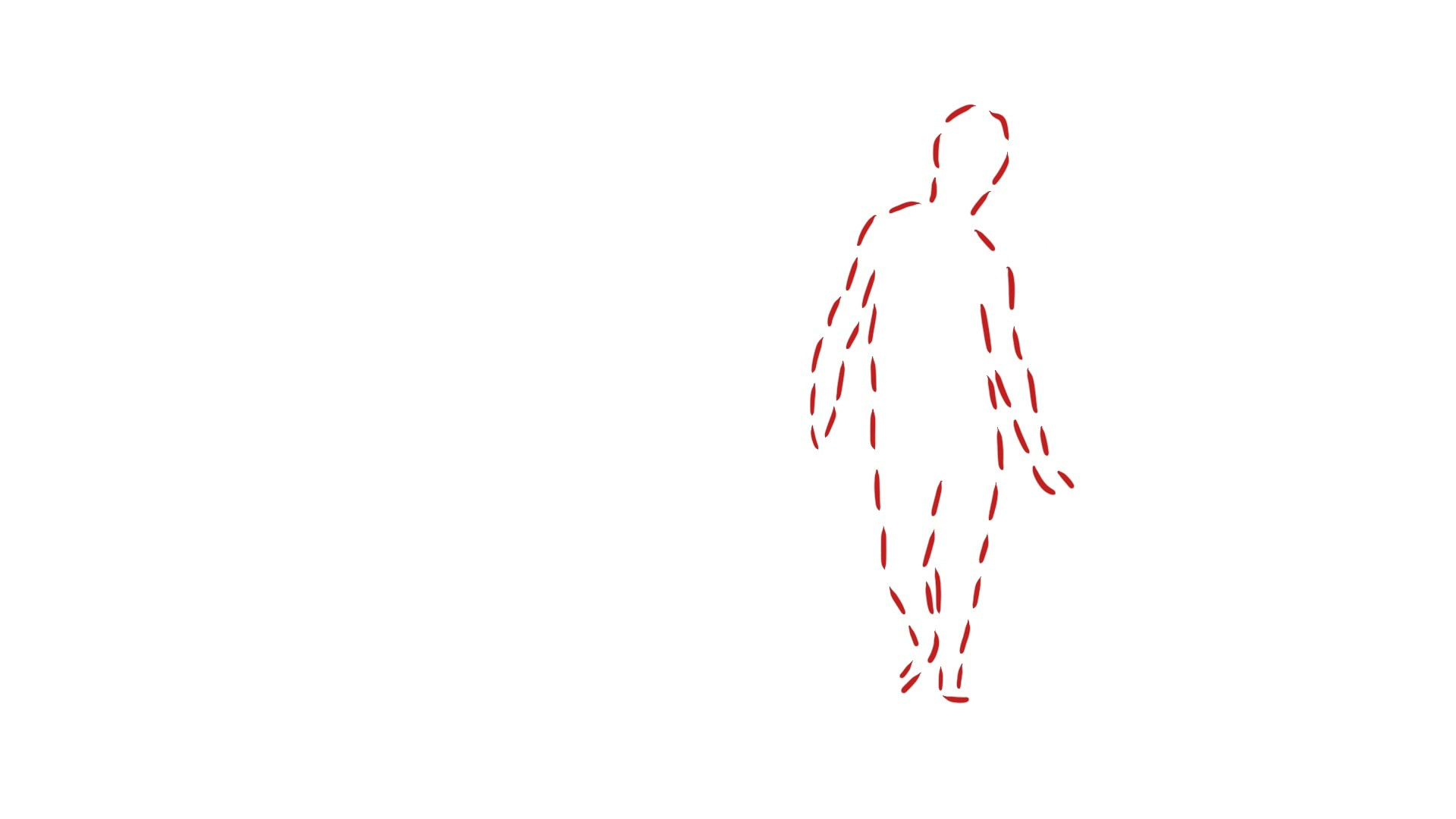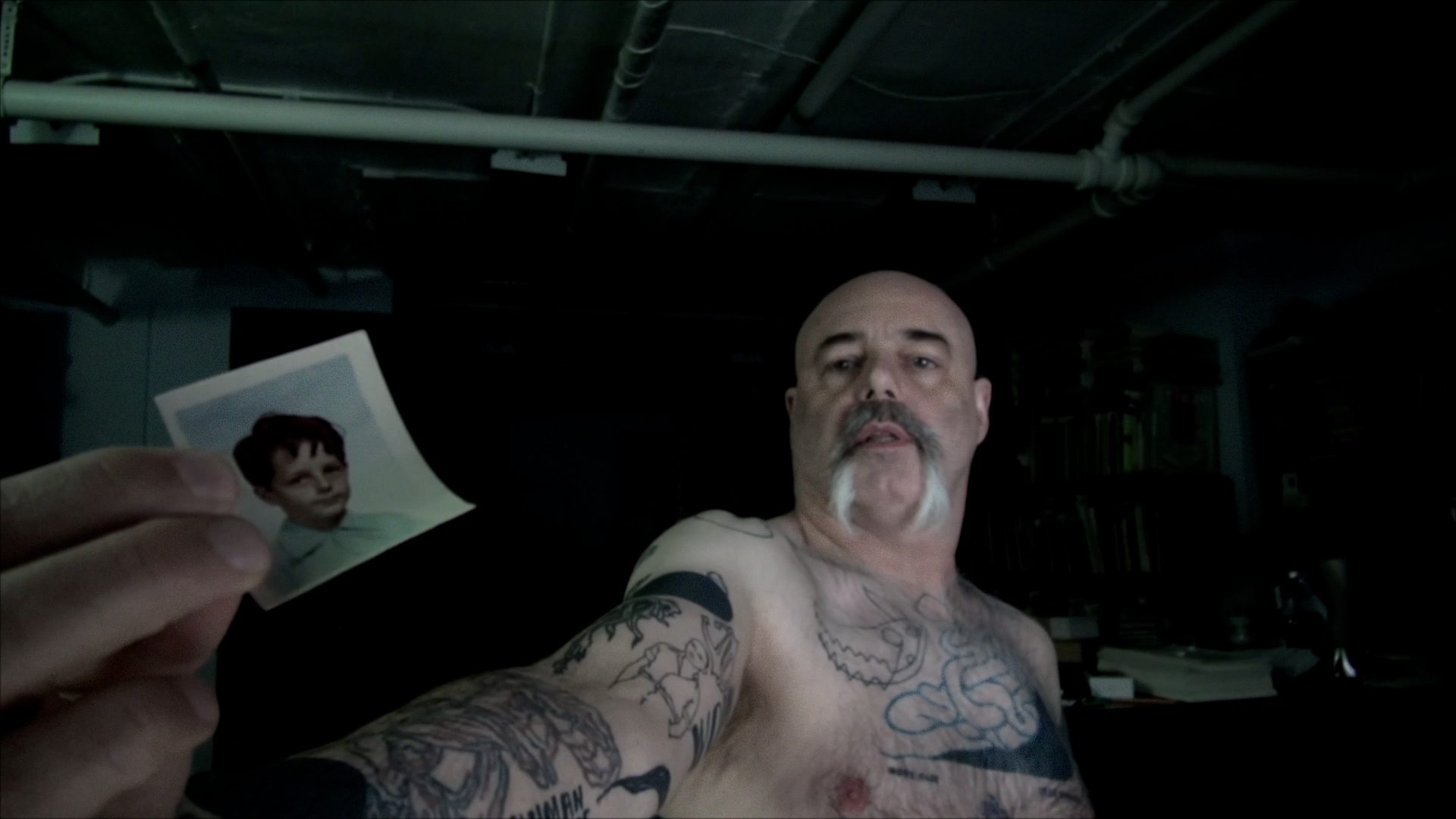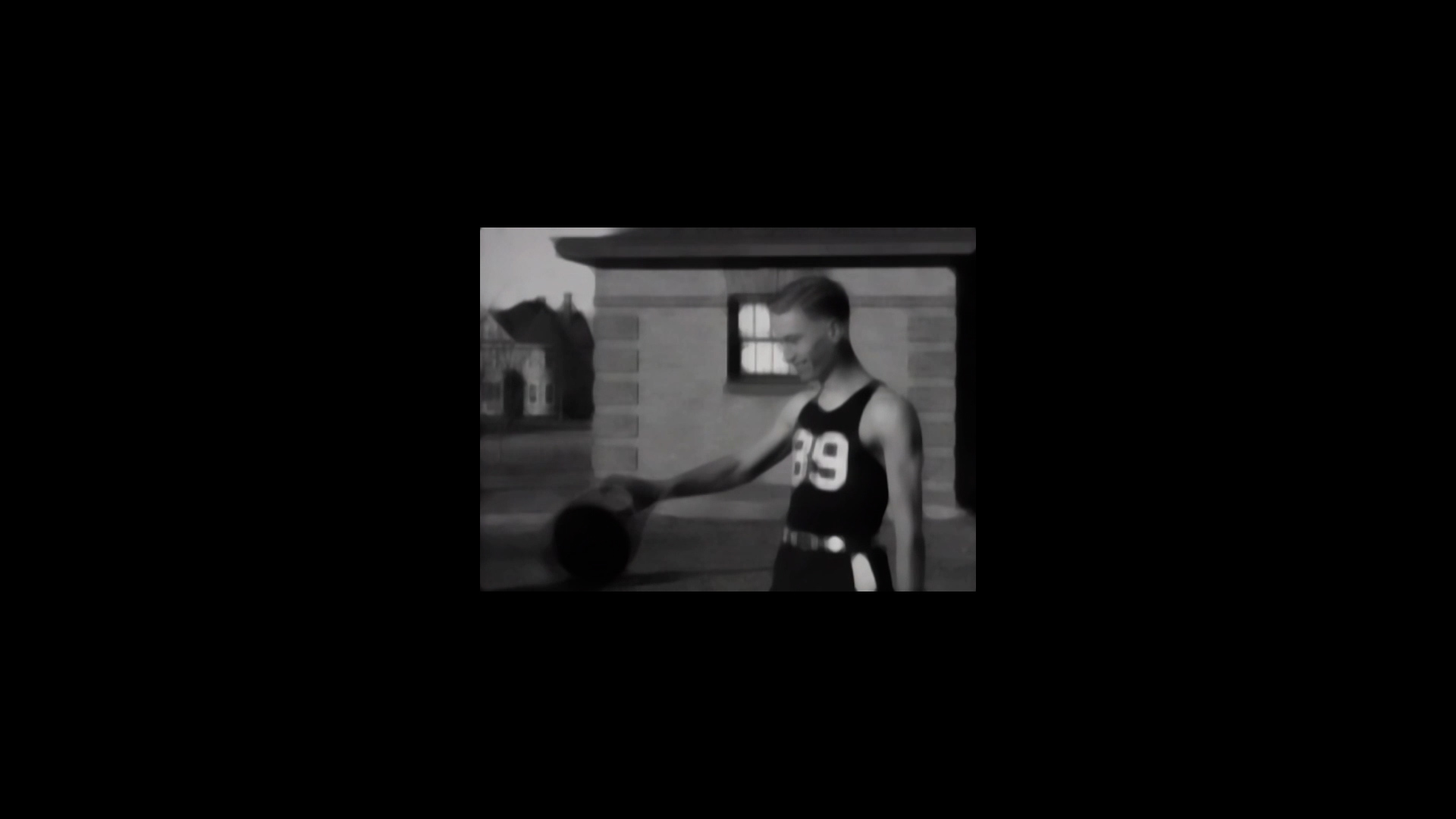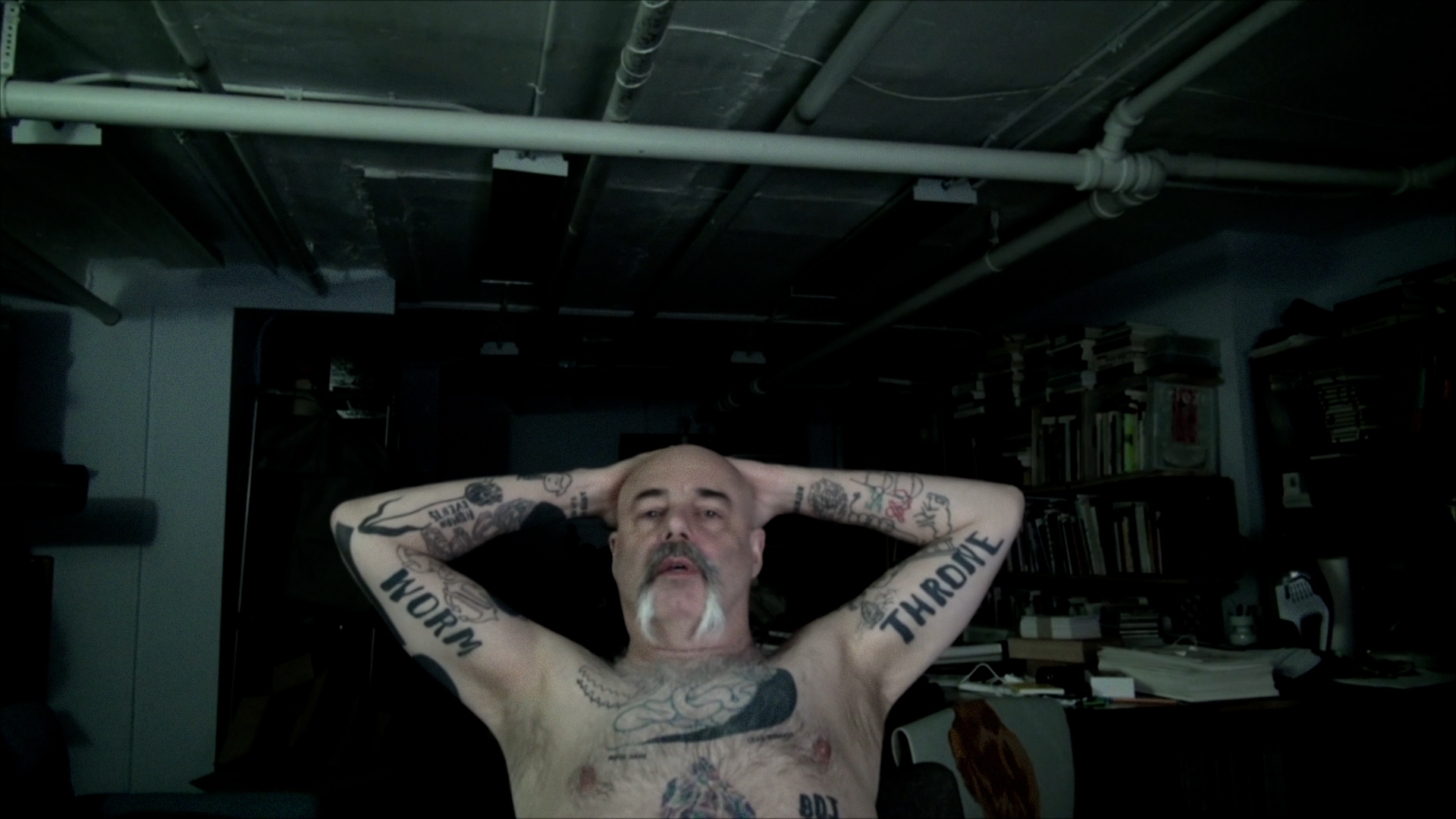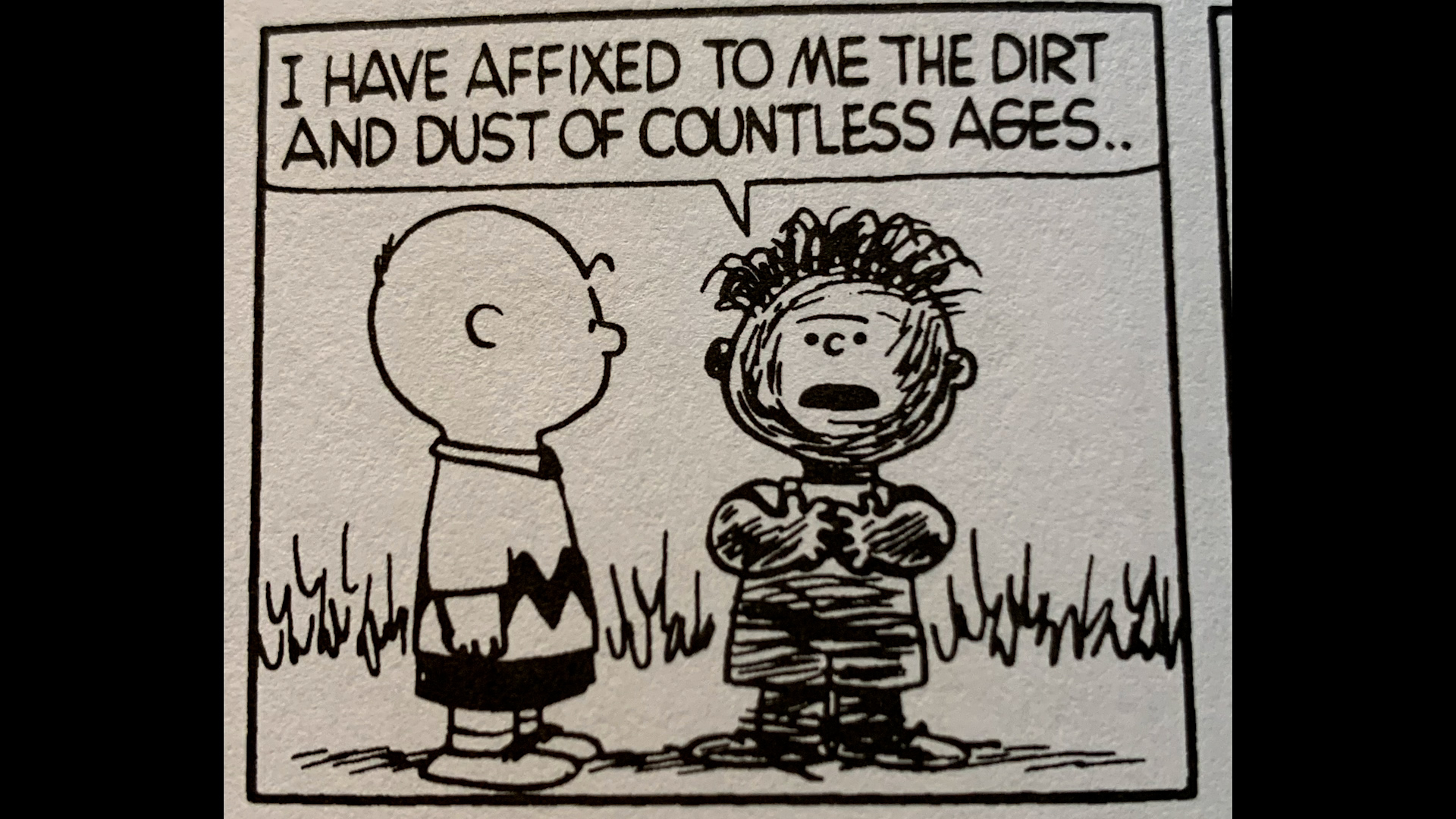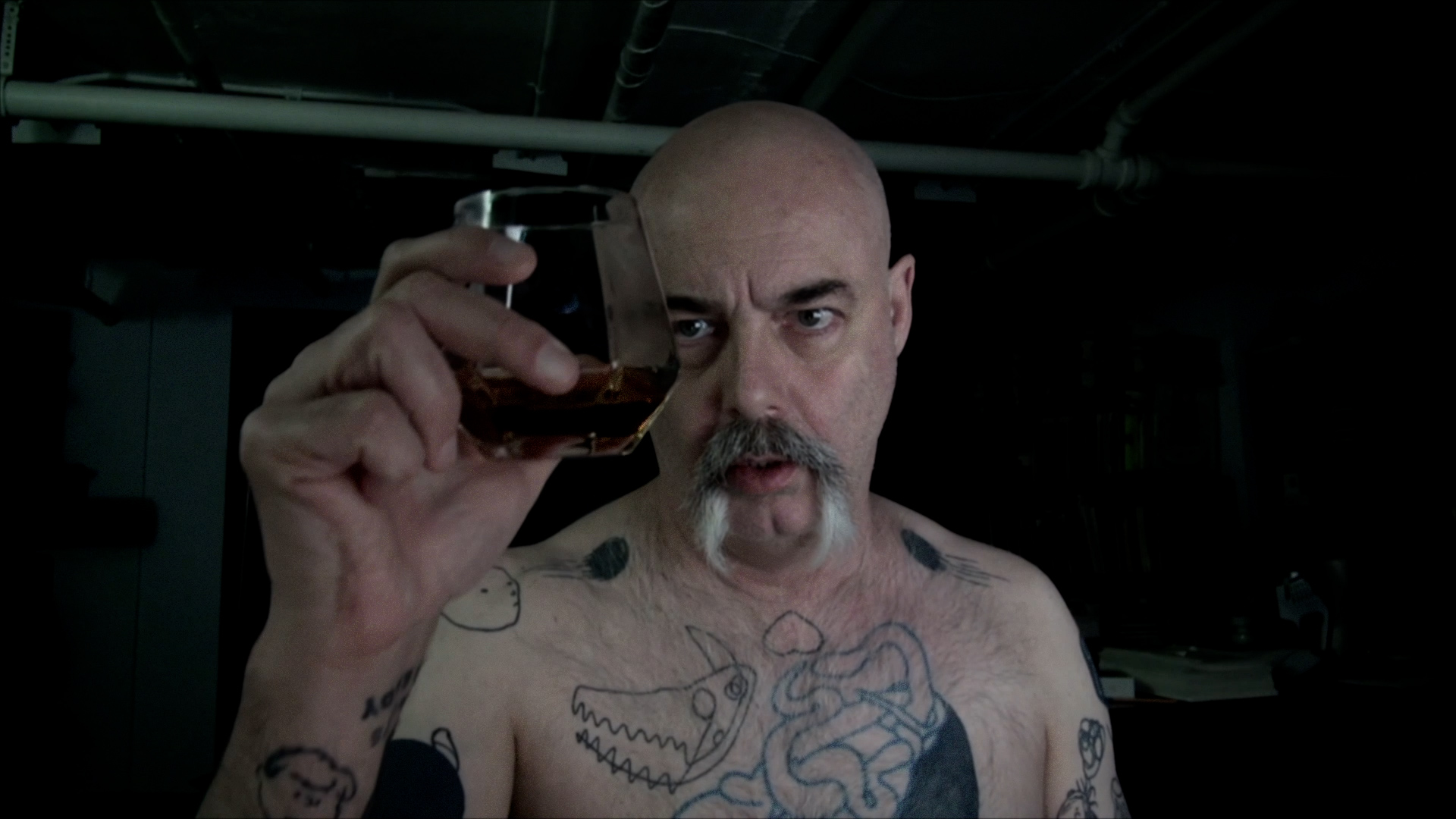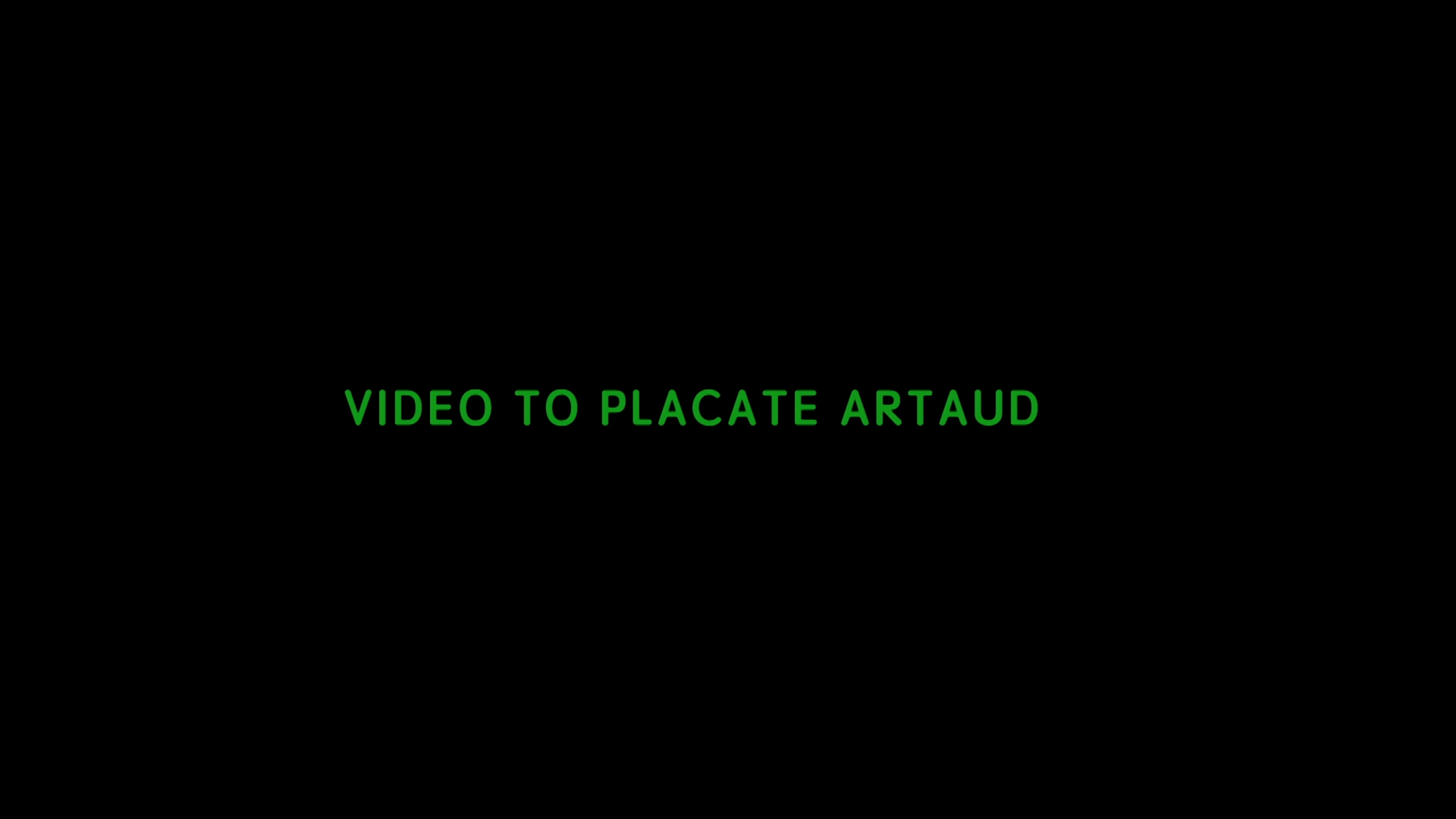An Arrow Pointing to a Hole
Mud puddles are becoming blood puddles. It hasnít rained in a while, so when you go outside and walk around ó I donít recommend it, itís better in here ó when you go outside and walk around youíll find its less and less water thatís gathering in the puddles and more and more blood. I mean, thatís okay ó both promote and contain life, but blood is more particular, selective. Stickier.
I used to go out during the day with my camera and shoot little videos. I havenít done that for a while. I donít have insomnia, exactly, itís just that I like the night better. Daytime is boring, even for plants. I like the night better, but still I have to get up sometimes during the day to go to work and run my little errands. But I donít bother with my camera in the daylight anymore. This is the last thing I shot under the sun, the last thing I will ever shoot under the sun.
Last night, I attended a screening of Nathaniel Dorskyís ďArboretum Cycle.Ē It was very good. I must say, in the cycle of films, nature comes off very well. Both the natural world and almost every one of the individual plants. They all come off really well. It made me want to come out today and photograph plants, too. Dorsky stood apart from nature and played with his camera. Thatís great, but I want to get in there. I want to defile nature. I just want to make things more real. To feel the world. To feel the world, trampled.
I havenít developed a mistrust of images themselves, but Iíve become wary of my relationship to images, which seems to me to have become too libidinal and sadistic. I think the purer and simpler an image is, the less likely that I will defile it, desire it. After all, it is only in the specificities, the little details ó the scars, the wounds ó that desire is caught, and takes hold. Look at this image. The pleasure I take in this image is wrong, the heart-tugging empathy, the endless identifications. But I think I can smooth out the image, I can use animation to smooth out the image, abstract it. I want a smooth plastic surface in which desire canít be caught. One wants to emerge, after all is said and done, uncompromised. Uncompromised by oneís vested interests and proclivities.
So, empathy. Empathy is the ability to understand and share the feelings of another, but that really just means, that really just comes down to: infinite sorrow. Empathy is sharing in the infinite sadness of the swamp. In life anxiety usually dominates, with sorrow in the background. But through empathy, this identification with an other, this love: anxiety diminishes and sorrow predominates. This is possible because sorrow is universal and anxiety personal, subjective. So one uses the other as a kind of torque, to torque things from the personal to something just slightly larger than the personal ó endless sadness, which seems universal and, therefore, a little beautiful.
This is empathy as love, empathy as a kind of love. But there is also a colder empathy: empathy as a tool for making the cruelty more precise. This is important, too, because one canít be sad all the time, and fuckers need to pay.
I was a child. I was outside, under the noonday sun. 1972. I could feel the rays of the sun, not beating down ó as they say ó but as a continuous wave penetrating me in a way which was not unpleasant. I could feel the waves of the sun penetrating my psyche, slowly melting the membrane that tethered my subconscious and preconscious mind. My conscious mind could feel the penetrating sun-waves melting the tethers that connected my sub- and preconscious minds. And my subconscious simply fell away. Thatís gravity for you.
Here is an image of that. An image of gravity itself, but also of my subconscious slipping, falling away.
And so I stood blinking serenely in the noonday sun. I knew I had lost my subconscious. I felt lighter. I felt lighter until, almost immediately, the mass that had left my psyche began to be replaced by a particularly robust florescence of my microbiome. My guts, my guts were humming. They have been humming ever since, and I mostly do whatever they say.
You know, they make a mouse that is pure mouse: no microbiome every cell is mouse cell, mouse DNA through and through. I was going to get a tattoo of one of these genetically pure research mice, but they look the same as ordinary mice, you canít tell the difference from the outside. But these pure mice are very expensive to produce, they must be kept in absolute isolation. And they never live very long. They are empty and then they are dead. They are not even really mice, these pure mice. It turns out we need our microbiome. We cannot be ourselves, we cannot be anything, without this cohabitation, without this profound comingling of human and microbiome. We are not posthuman. Weíve gone past the posthuman and are now premicrobiome. There are intimate wounds and there are public wounds. A tattoo is a public wound. All other wounds one should keep to oneís self. My subconscious has melted away and has been replaced by the muted, jangled chorus of my microbiome. Iím not sure if this condition is rare or widespread. I expect it is widespread and that our microbiomes are battling with our subconsciouses for supremacy. There is no battle in me, though. My subconscious is gone.
You know who the great artist of this battle is? Artaud. He looks a lot like k.d. lang.
The same rays of the sun, the same noon-time sun-waves, also gave me a vagina. I did not understand, for I was still just a child, but the sunwaves caused a little shallow vagina to form just under my scrotum. I didnít do anything with it, I just thought about it. I thought it was a little pocket and I wondered what I would store in it. It seemed to want pebbles. Pebbles, twigs, teeth, ancient foreign coins, little gems: rubies, pearls. I didnít have any little gems, but I had some of the other stuff. But my vagina seemed remote. I wondered why it was not located somewhere more convenient, like maybe in my side, but then the ribs would have gotten in the way.
This is Artaud, this is Genet, and this is Genetís little brother Pig Pen. Charles M Schulz introduced Pig Pen to Peanuts on July 13, 1954, as it happens, a Tuesday. When another child asks his name, he answers that he hasnít got one, that people just call him really insulting things (although it turns out they only call him one thing: Pig Pen). This establishes Pig Pen as set apart from society, cursed for sure, but possibly also hallowed. Pig Pen is the figure of the homo sacer. It is typical for Schulz to make a shocking, radical gesture and then roll it back, which Schulz indeed does: for the next decade or so, Pig Pen appears sporadically as the butt of very similar routines: he is always dirty, he makes other things dirty, if he is cleaned he returns immediately to his begrimed state. But starting in the mid60s, Pig Penís piggishness begins to be treated differently: his grime becomes, potentially, hallowed. What before was just dirt now becomes the ďdust of countless ages.Ē Pig Pen becomes an allegory of history. He becomes one with biblical soil, old testament biblical soil. After this, Schulz has no place to go with the character, and he appears rarely in the subsequent many decades the strip ran.
You thought it was a line of flight. You thought it was a line of flight, but really it was an arrow pointed to a hole.
With no more subconscious, does repression still occur? No, not repression exactly, but new methods have been developed for processing those psychic materials that would have formerly been repressed. The microbiome deals with them, of course. The microbiome eats all bad thoughts, all our unacceptable ideations, and farts out the residue. No more return of the repressed. Except for the farts. The nastier the ideation, the nastier the fart.
I like hamburgers, too.
I should get to sleep. I should get to sleep because tomorrow Iím going to a public grade school on the south side as part of Chicagoís Artist in the Classroom program. Iím going to tell the children that every crayon in the box was once a human soul and the colour of that crayon is the colour of that humanís spirit. And so they are drawing, not with a crayon or a colour but with a spirit, a ghost too pure to haunt in any direct way. And whatever they think they are drawing ó a dog or a pond ó they are really drawing that spirit.
When I have a hard time getting to sleep, I sometimes watch YouTube clips of drunken poets, but tonight Iíve prepared something even more soothing.
|

